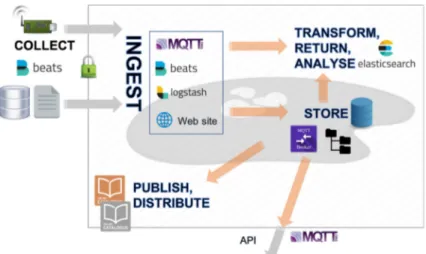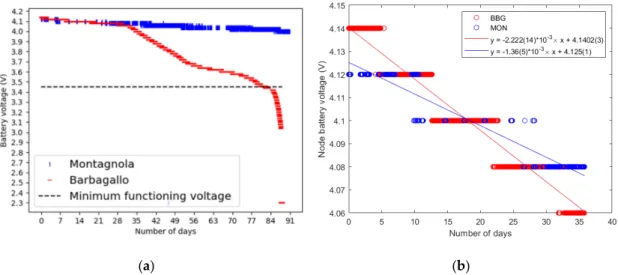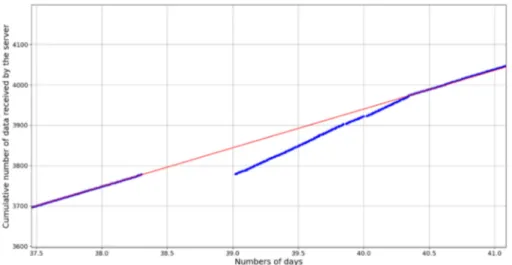From Sensor to Cloud: An IoT Network of Radon Outdoor Probes to Monitor Active Volcanoes
Texte intégral
Figure
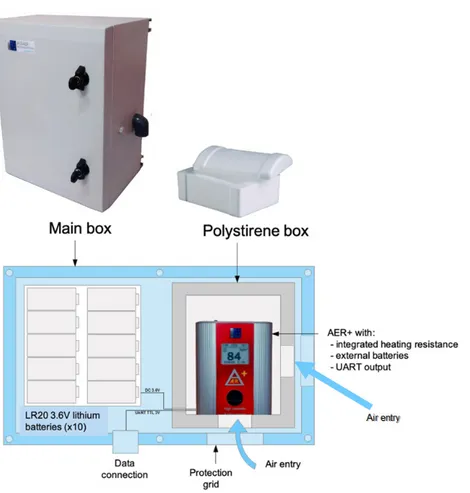

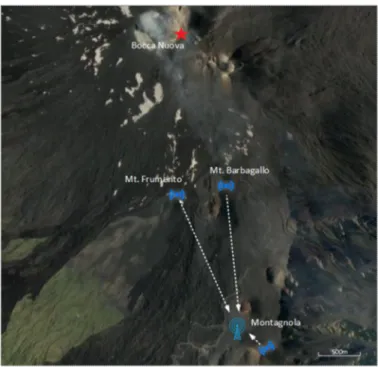

Documents relatifs
The data collected by the Stargate unit was remotely linked to Sandia via a secure file copy protocol in comma delimited format. The received data was then processed
The data collected by the Stargate unit was remotely linked to Sandia via a secure file copy protocol in comma delimited format. The received data was then processed
In this manuscript, we report our work on quality of service support for wireless sensor net- works applications.We focus on QoS provisioning at the MAC layer, since this
In this chapter, we consider the problem of localising an unknown number of land mines exclusively using concentration measurements provided by a wireless sensor network.. We adopt
Finally, considering the implementation technology for the energy capture function, it is worth to mention that it is not given for sure that MEMS constitute the
1) Where to aggregate is the objective of aggregation structure. This category defines how the aggregated data is routed towards the sink by using or creating a network structure,
The maximum number of EDs supported by OAPM_D, OAPM_O, FAPM and FAPM_O are compared for various values of the monitoring period and various numbers of frequency channels on the
To send data to the base station, each sensor node may use a single-hop long distance link, which leads to the single hop network architecture, as shown in Figure 3.a).. 9
